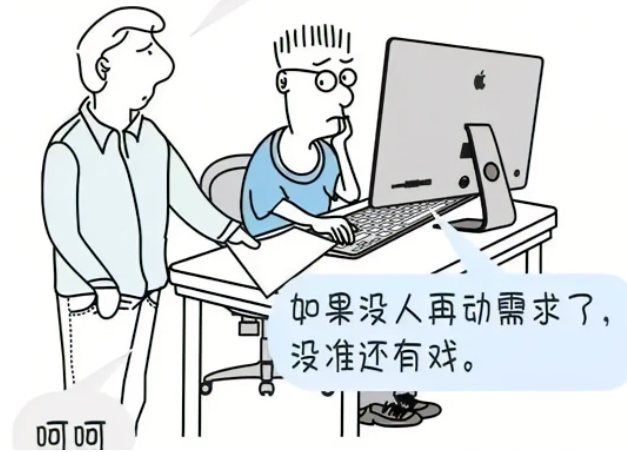动态查找表可以通过多种方式实现缓存,常见的方法包括使用哈希表、链表等数据结构。以下是几种常见的实现方法和步骤:
1. 使用哈希表实现缓存
概述:哈希表通过键值对的方式存储数据,能提供快速的插入、删除和查找操作,非常适合用于缓存。
步骤:
- 定义数据结构:创建一个哈希表,用于存储缓存的数据。
- 插入数据:当有新的数据需要被缓存时,将其以键值对的形式插入到哈希表中。
- 查询数据:通过给定的键快速访问对应的值,如果找到则返回缓存的数据;如果没有,则从原始数据源加载并添加到缓存中。
- 过期策略(可选):可以为每个条目设置过期时间,以便在超时后自动清除不再使用的数据。
#include <unordered_map>
#include <chrono>
#include <string>
class CacheEntry {
public:
std::string value;
std::chrono::time_point<std::chrono::steady_clock> timestamp;
CacheEntry(const std::string& val) : value(val), timestamp(std::chrono::steady_clock::now()) {}
};
class DynamicCache {
private:
std::unordered_map<std::string, CacheEntry> cache;
int expirationTime; // in seconds
public:
DynamicCache(int expTime) : expirationTime(expTime) {}
void insert(const std::string& key, const std::string& value) {
cache[key] = CacheEntry(value);
}
std::string get(const std::string& key) {
auto it = cache.find(key);
if (it != cache.end()) {
// Check if the entry is expired
if (std::chrono::duration_cast<std::chrono::seconds>(std::chrono::steady_clock::now() - it->second.timestamp).count() < expirationTime) {
return it->second.value; // Return cached value
} else {
cache.erase(it); // Remove expired entry
}
}
return ""; // or handle miss case appropriately
}
};
2. 使用链表结合哈希表实现LRU(Least Recently Used)缓存
概述:LRU缓存管理策略是一种常见的策略,保持最近使用的数据在缓存中,当容量达到上限时移除最久未使用的数据。
步骤:
- 定义两个主要结构:一个双向链表用于记录访问顺序,一个哈希表用于快速查找。
- 插入与更新逻辑:当插入新项或请求已存在项时,将其移动到链表头部表示最近使用。
- 删除逻辑:当达到最大容量时,移除链尾节点,即最久未使用项。
#include <list>
#include <unordered_map>
class LRUCache {
private:
int capacity;
std::list<std::pair<std::string, std::string>> itemList; // (key, value)
std::unordered_map<std::string, decltype(itemList.begin())> itemMap;
public:
LRUCache(int cap) : capacity(cap) {}
void put(const std::string &key, const std::string &value) {
auto it = itemMap.find(key);
if (it != itemMap.end()) {
itemList.erase(it->second); // remove from list
itemMap.erase(it); // remove from map
}
itemList.push_front({key, value}); // insert new element at front
itemMap[key] = itemList.begin(); // update map with new iterator
if (itemMap.size() > capacity) { // check capacity constraint
auto last = itemList.back(); // get last element (least recently used)
itemMap.erase(last.first); // erase from map
itemList.pop_back(); // remove from list
}
}
std::string get(const std::string &key) {
auto it = itemMap.find(key);
if (it == itemMap.end()) return ""; // not found
itemList.splice(itemList.begin(), itemList, it->second); // move to front of list for recent use
return it->second->second; // return the corresponding value
}
};
3. 使用其他策略(如 FIFO、TTL)
除了上述两种方案,还可以考虑不同的替换策略,如先进先出(FIFO)或者基于时间限制(TTL)进行管理,具体选择依据实际需求而定。
无论采用何种方式,动态查找表作为一种高效的数据存储形式,在构建有效的缓存系统中发挥着重要作用。
内容由零声教学AI助手提供,问题来源于学员提问










![/data # iw --debug dev wlan0 connect -w "lucky-5g" auth open key 0:1234567890
Usage: iw [options] dev connect [-w] [] [] [auth open|shared] [key 0:abcde d:1:6162636465] [mfp:req/opt/no]
Join the network with ...](https://linuxcpp.0voice.com/zb_users/upload/2023/05/202305162239148267954.png)
![驱动代码
void kalRxTaskletSchedule(struct GLUE_INFO *pr)
{
static unsigned int num = 0;
tasklet_hi_schedule(&pr->rRxTask[(num++)%NR_CPUS]);
// tasklet_hi_schedule(&pr->rRxTask);
DBGLOG(HAL, ERROR,](https://linuxcpp.0voice.com/zb_users/upload/2023/05/202305162226144313964.png)







